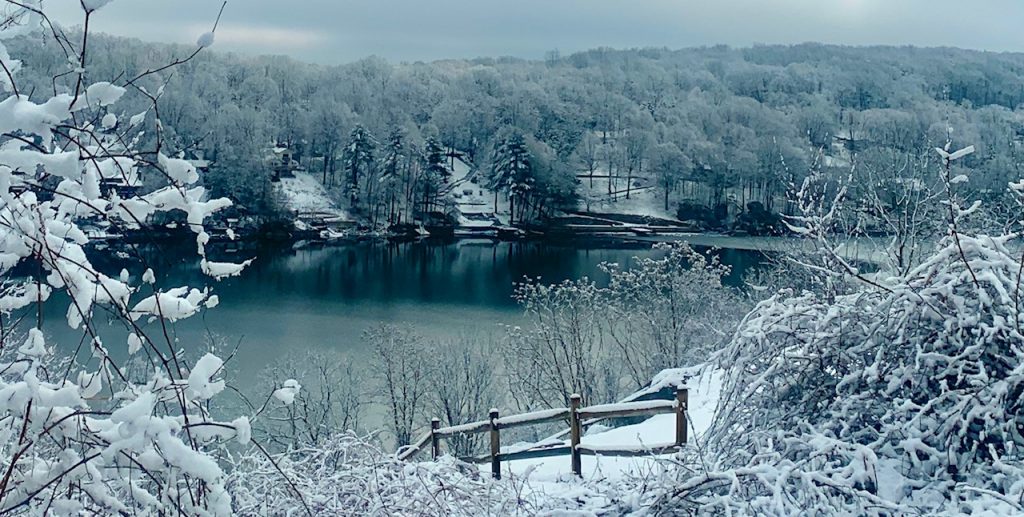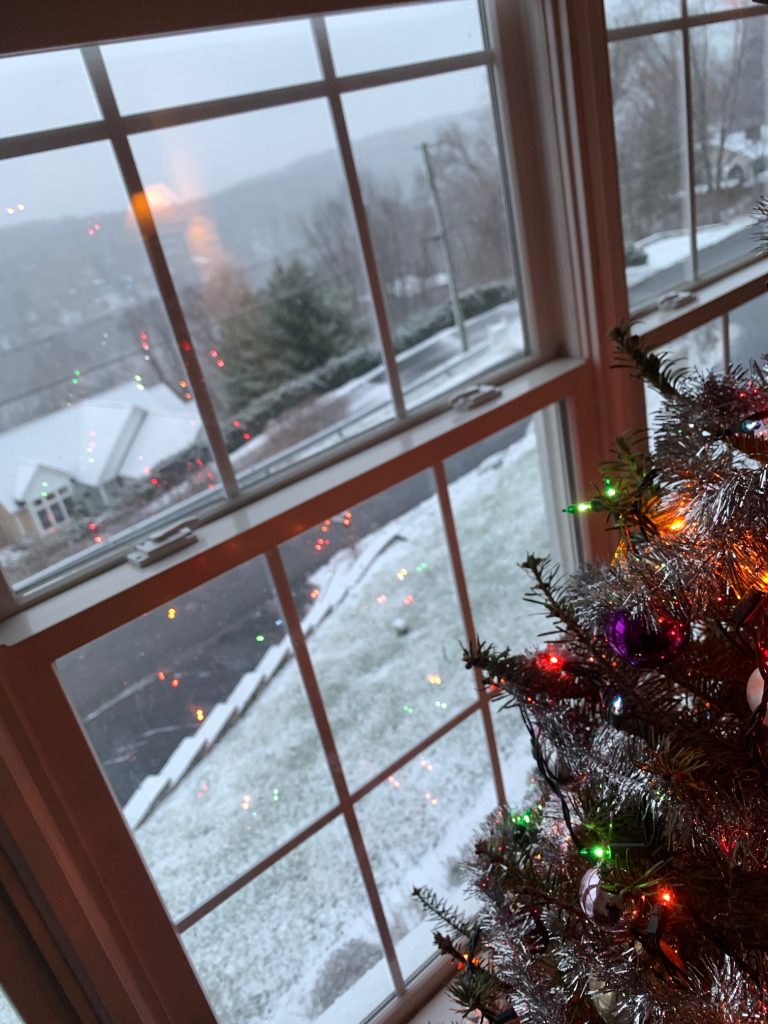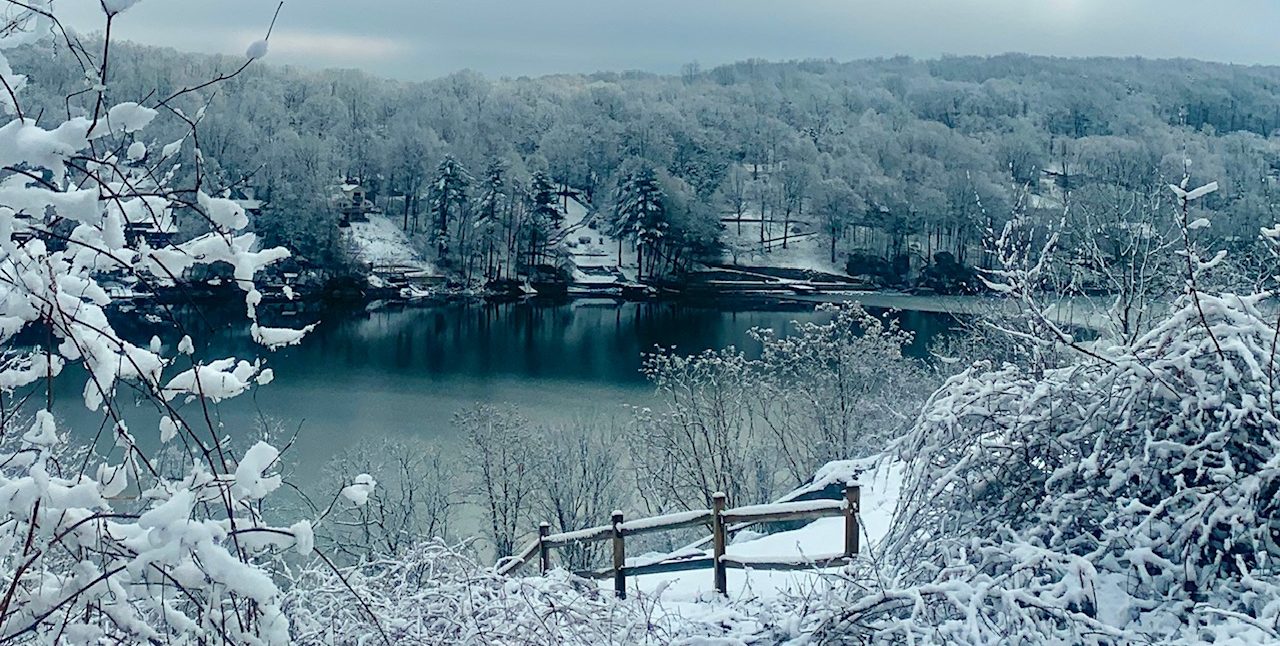Article by Nic Buccalo, Architect
Insulation is the best way of keeping your home warm in winter and cool in summer. The greater the insulation, the less mechanical effort is required. For older homes, the cost burden of maintaining a comfortable interior can financially burden a household. Here is everything you need to know.
UNDERSTANDING INSULATION & VAPOR BARRIERS
Insulation requirements in homes have increased to keep a home comfortable in Winter (heating) and Summer (cooling). There is a direct relationship between cost of energy versus how much insulation there is. Fully insulated homes can mitigate rising energy costs, especially during retirement.
First, the recommended R-Values: (R-Value is the capacity of an insulating material to resist heat flow. In the winter, a higher R-Value will better resist one’s interior heat from escaping to the exterior. In summer it will help keep the hot outdoor air outside and help keep your cool air conditioned air inside). The higher the R-Value number the greater the insulating power.
Example: a typical 1970’s home might have a 2×4 exterior stud wall with R-10 batt insulation stuffed between the studs. A 2×4 has 3.5 inches of space between the interior and exterior. This means there is about 3.75 R-Value per inch. R-10 is very low. Even older homes might have just R-3. During the early 2000s, R-13 was more acceptable, by 2010 walls had R-15, and in 2016 code demanded R-19. Passive homes (that use little to no energy) have R-40. Today every home should have walls greater than R-20, which means most homes need upgrading. A portion of that insulation should be continuous insulation.
Continuous Insulation:
Most stick-built residences have insulation between the studs and other framing members. That is good, but not perfect. To achieve the absolute best insulation it has to be continuous, without interruption. Wood studs transmit heat or cold faster than pure insulation. With an infrared camera one can visually see where the studs are through the sheetrock.
The easiest way to have continuous insulation boards is to put them under the exterior finish system. SimpleTwig has specified continuous insulation on the inside face of a masonry wall, with separate studs for electrical and sheetrock.
Wall Insulation:
Today we want walls to have an R-19 at a minimum. Since one can’t just stuff more batt insulation into the cavity because squashing it would lose its R-Value, we have to either use another insulation type or increase the stud wall depth. Many homes post 2000 used 2×6 studs with batt insulation, but today we have the option of expandable foam which averages around an R-5.5 per inch (times 3.5″ = 19.5, meeting the Energy Conservation Code requirements).

Options on how to achieve effective insulation:
Option A, Increasing the Stud Wall Depth to keep using Batt Insulation: For R-19 Value, one needs a 2×6 stud. If you keep the original 2×4 stud wall, one could add an adjacent 2×2 stud wall to get close to the proper depth (3.5” + 1.5” = 5”).
Option B, removing the existing insulation and use an Expandable Foam Insulation: To achieve an R-19 Value of insulation within the existing 3.5” stud wall (without adding an additional stud wall as in Option A), you’ll need a professional to spray in an insulation that has an R-Value of 5.4 per inch.
Option C, adding Foam Board Insulation under the existing exterior siding: This is an excellent option if one is considering changing the siding on their house. By using foam board one can keep their existing R-13 batt insulation and add just another R-6 to the exterior side to achieve R-19 in the Walls.
By using continuous foam boards wrapping the exterior, the resulting insulation is better than just using batt insulation. It also offers an opportunity to redesign the look of one’s house by varying the depth of the foam board, like creating a thicker base to the house, etc. With this option one has to consider how to resolve details around windows/doors, etc. as well as how to attach the siding, and how to keep the exterior fire-proof.
Ceiling/Attic Floor Insulation:
Achieve an R-49 for the Attic Floor. Expandable insulation foam will allow this to remain within the joist cavity. If using batt, it will be very thick and one will make the attic unusable for storage. Exposing batt insulation also exposes it to damage for attic use, reducing its effectiveness.
Roof Insulation
If your interior spaces abut the roof structure, one needs the same amount of insulation as they do for a ceiling/attic, as noted above. IMPORTANT NOTE: If you are going to add insulation between the rafters (rafters are the diagonal beams of the roof structure, which support the plywood sub-surface and shingles), then one has to add a baffle that keeps all insulation about 1 inch away from the plywood sub-surface.
This 1 inch continuous space between the baffle and plywood will allow air to flow from the eave (bottom) to the ridge beam (top) to help keep the underside of the plywood dry. Add the baffles from the top down, overlapping by an inch or so and taping the seams.
Floor/Slab Insulation
At least 2 feet under the slab and around the perimeter of the house (under the habitable portion of the structure) should have an R-10 insulation. Passive houses have significantly more insulation under the entire concrete slab, up to 10″ of rigid board insulation. The purpose is to slow the cold from freezing your slab. I personally recommend more like 6 feet around the perimeter and on the inside face of the foundation wall.
Achieve at least an R-40 along in crawl spaces with moisture protection to keep the insulation dry at all times.
Penetrations:
It is critically important to seal up pipe, vent, wiring and duct penetrations through walls, floors and ceilings. These small areas can undermine all the work that was put into insulating the structure.
If the framing is exposed, seal joints between headers and other framing around the exterior, including where joists meet the stud wall.
DOORS & WINDOWS
Windows & Doors topic is too large for this article, but here are a few tips:
Doors: one should ensure that exterior doors are weather sealed, insulated and fire-proof. There should be an integrated threshold ideally with a thermal break. Any glass should be insulated triple pane, low-e, argon filled with a high SHGC (Solar Heat Gain Coefficient). The SHGC will help block out high summer sun but let in low winter sun to help heat up the interior. Insulate around the frame with ‘soft’ expandable foam that doesn’t push out against the door jambs.
Windows: Same as above. Double Hung is a standard type of window, but others should be considered, like ’tilt-in, swing (for egress)’ is a great option. Fixed windows in certain areas should also be considered when fresh air is already provided by another window. Note that all rooms must have at least an opening that is 5% of the floor area of the room. Design for cross-ventilation is important as well.

Garage, Mechanical Rooms and other miscellaneous exterior walls/ceilings.
If any miscellaneous spaces abutt to an interior space they need the same exterior insulation as a typical exterior wall or roof. For instance, one’s garage might be under ones bedrooms of a house; therefore, the ceiling of the garage should have an R-Value of 49. This is especially important if there is a bathroom, in order to prevent pipes from freezing.
OTHER ELEMENTS:
Vapor Barriers:
Vapor Barriers do two important things: help keep your insulation dry and help prevent air flow through exterior surfaces. By keeping the insulation dry one also prevents the conditions for mold growth.
What is it made of? It can be a sheet of clear plastic, or part of batt insulation which comes with a paper backing on one side coated in tar.Where is it located in the wall? It is important to have the vapor barrier between the sheetrock (interior plaster wall sometimes referred to as wallboard) and the stud. This is to prevent the migration of interior moisture through the sheetrock and into the insulation, which would compromise the R-Value and possibly create conditions for mold.
Remember, it is interior moisture and not exterior humidity one needs to prevent, so if you remove your sheetrock to install insulation, cover all the studs with a vapor barrier before putting the wallboard back. Never put an impermeable vapor barrier on the exterior surface of a house, as moisture needs to migrate out and away from both insulation and materials. House wraps do allow moisture to escape, so these are okay to use over your exterior plywood underneath your siding.
See: Article 1/3: Home Energy Saving: Air Sealing
Visit our blog for more articles: http://www.simpletwig.com/blog/

